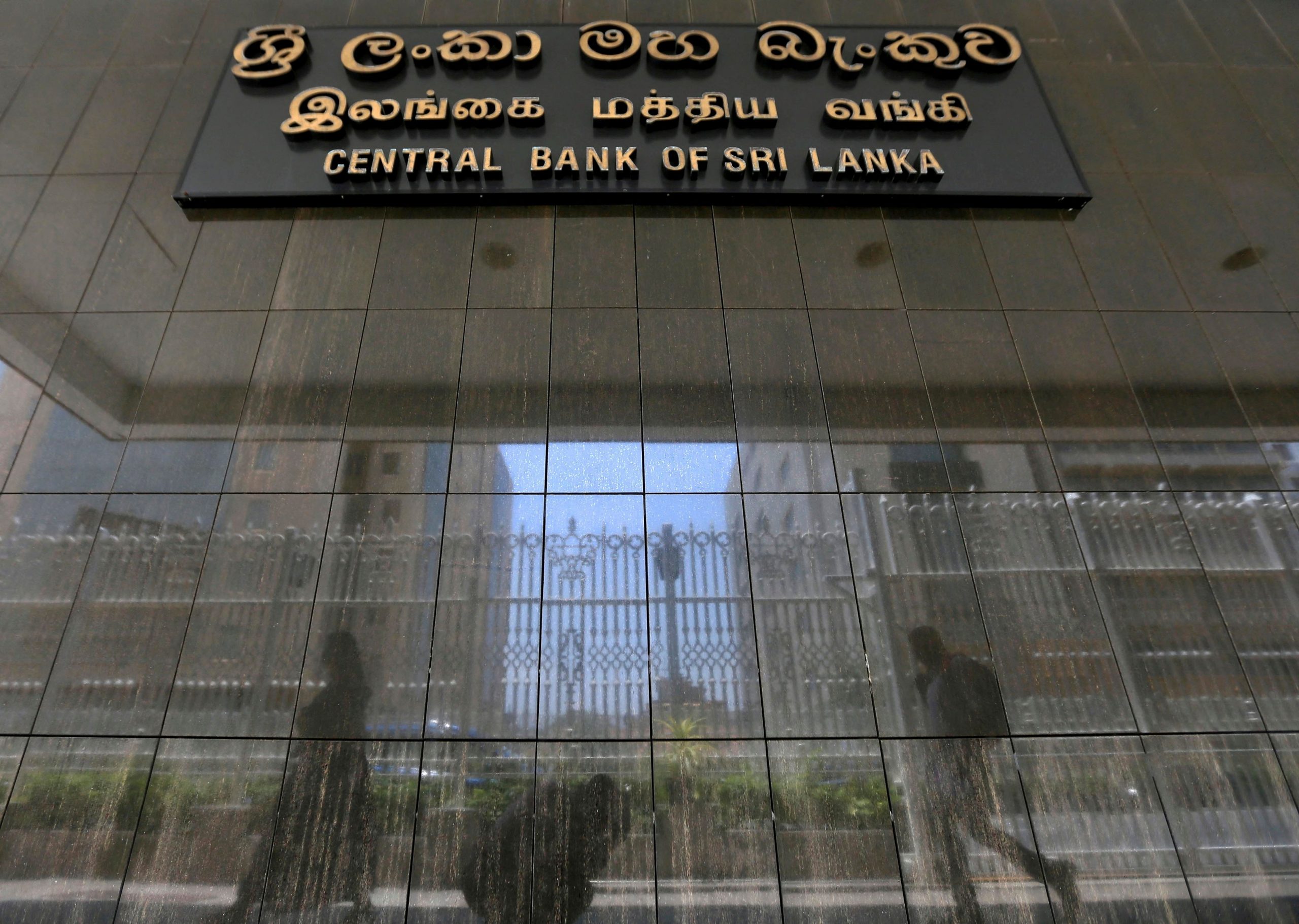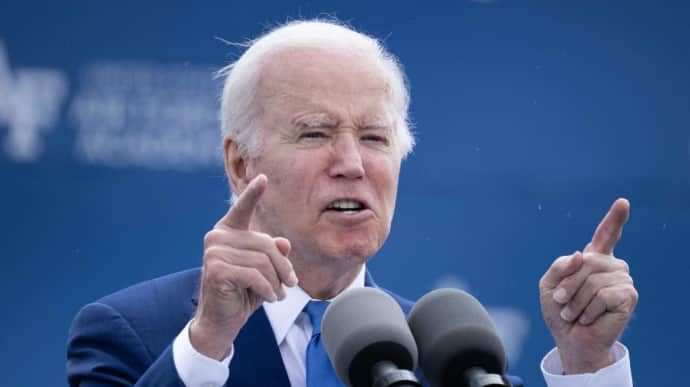Introduction
The recent wave of agreements between countries to settle trade in their local currencies is indicative of a growing trend towards de-dollarization. Brazil and China, India and Malaysia, and even the traditionally US-aligned France are seeking alternatives to the dollar for international transactions. This shift is driven by concerns that the US is weaponizing the dollar to advance its foreign-policy objectives and punish those who oppose them. Russia, in particular, has experienced the significant financial consequences of US sanctions. However, as countries increasingly rely on their national currencies and bypass the dollar, they risk denting the dollar’s dominant position in global markets, potentially limiting the US’s ability to exert influence on the global stage. This article will examine the motivations behind de-dollarization efforts, the implications for the dollar’s status, and the challenges of finding viable alternatives.
Rationale for De-Dollarization
Global leaders cite similar reasons for pursuing de-dollarization initiatives. They argue that the dollar is being used as a weapon to promote America’s foreign-policy priorities and punish those who resist them. The financial pain inflicted on Russia through sanctions and frozen foreign reserves serves as a stark reminder of the world’s dependence on the dollar, irrespective of their views on the conflict. This dependency has prompted leaders to seek alternatives to protect their economies from potential future scenarios where they may face similar sanctions. By diversifying away from the dollar, they aim to reduce America’s economic power and mitigate the effectiveness of coercive and deterrent threats.
China’s Role and Unilateral Actions
China, in its pursuit of a greater role for the yuan in the global financial system, plays a significant part in driving de-dollarization efforts. President Xi Jinping’s government has prioritized expanding the international usage of the yuan. However, much of the movement away from the dollar is occurring without direct involvement from Beijing. India and Malaysia, for instance, have implemented mechanisms to conduct bilateral trade in rupees, bypassing the dollar. These actions are part of broader efforts by nations to diversify their international transactions and reduce dependence on the US currency. Even countries that are not strategic allies of China, like India, are actively seeking alternatives to the dollar.

Implications and Challenges
The dollar’s centrality in the global payments system gives the United States unique influence over the economic destinies of other nations. Approximately 88% of all global foreign-exchange transactions are conducted in dollars, even if they do not involve US entities. This reliance on the dollar makes banks handling cross-border dollar flows susceptible to US sanctions since they maintain accounts at the Federal Reserve. While sanctions have been effective tools for US administrations, their increasing use has generated discomfort among countries that have long chafed under dollar dominance.
However, market experts argue that the dollar’s preeminent position is unlikely to be threatened in the near term. There is currently no alternative currency that can match the stability, liquidity, and safety provided by the dollar. Moreover, the majority of the US’s advanced-economy allies, comprising over 50% of global GDP, have shown little urgency in shifting away from the dollar. The dollar has even strengthened against major peers amid recent US sanctions against Russia. Any decline in its global status is expected to be a gradual and prolonged process.
Conclusion
The current trend towards de-dollarization reflects concerns over the use of the dollar as a geopolitical weapon and the desire to reduce dependence on US economic power. While China plays a role in promoting alternatives to the dollar, many countries are taking unilateral actions to bypass the US currency. However, finding viable alternatives and reducing reliance on the dollar poses challenges, given its stability, liquidity, and the lack of urgency among many advanced-economy allies to shift away from it. While de-dollarization efforts are gaining momentum, the dollar’s preeminent position in global trade and finance is unlikely to be easily undermined.
©traders-news.online










